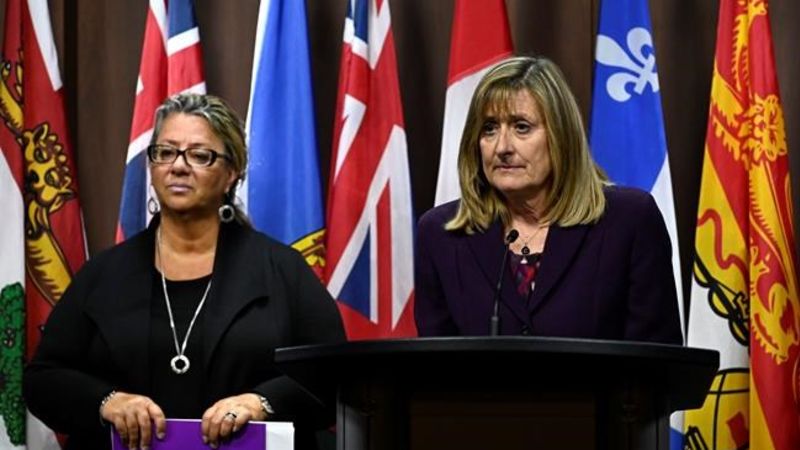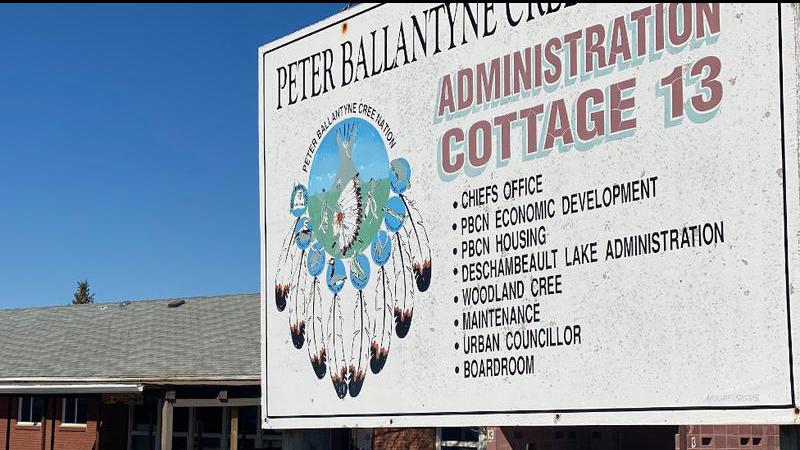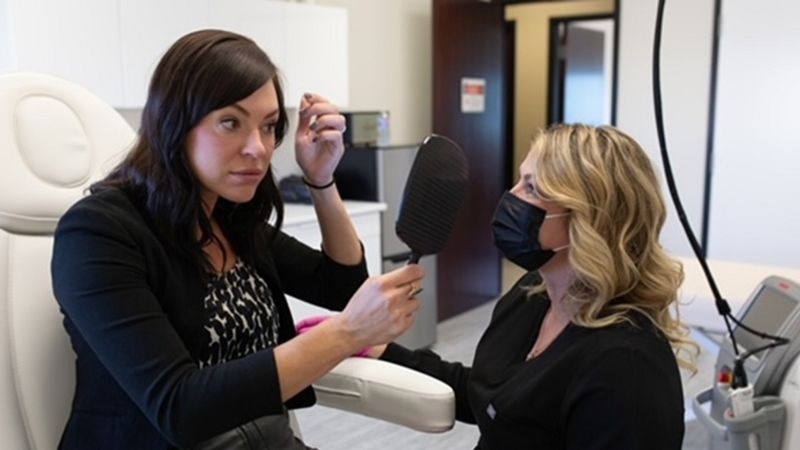
Dental-care double standard: hygienists ask for equal pay under federal plan
OTTAWA — The Liberal government is guilty of a double standard when it comes to how much practitioners will be reimbursed under a new federal plan, the Canadian Dental Hygienists Association is charging.
Last week, Health Canada released a guide for how much it will pay providers under the national dental-care plan, which is expected to provide oral health coverage for millions of low- and middle-income families.
Reimbursement rates vary from province to province, but they show the federal government plans to pay significantly less for a cleaning that happens at a private hygiene clinic, as opposed to in a dentist’s office.
“Ideally, we do believe that a dental hygienist in business for herself should be paid the same as a dental hygienist that’s working in a dental office for the same procedures,” said Donna Wells, the association’s manager of professional practice.


